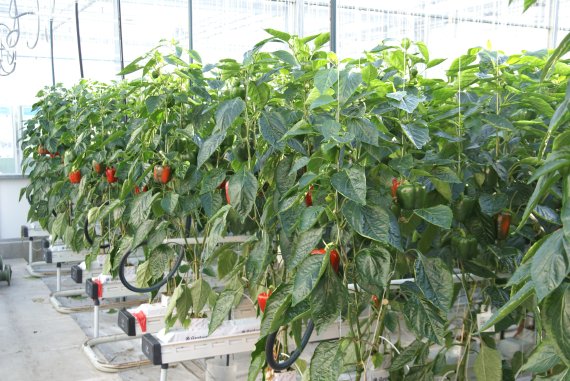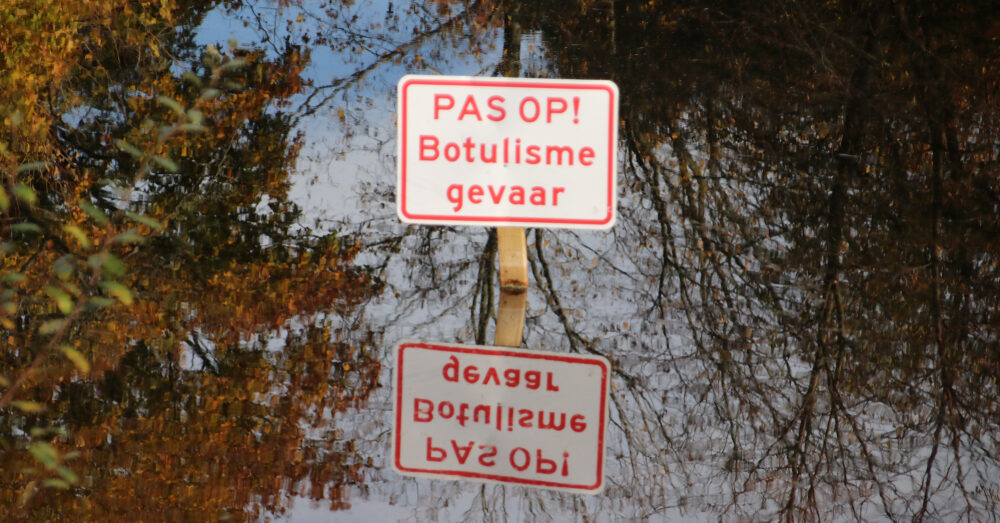Few horticulturists thought it possible: cultivating cucumbers and bell peppers on Rockwool in a greenhouse for an entire year without discharging any wastewater. But, it has now been done, says Wageningen Plant Research researcher Erik van Os.
Salt
Horticulturists water their plants using a solution containing nutrients such as nitrogen and phosphate and recycle the access water. However, this causes salts to accumulate in the water, due to the salinity of surface and groundwater in the western Netherlands. Thus, most horticulturists dump the water after three to four months.
Water
This is not necessary’, Van Os states. First, horticulturists must ensure they can collect sufficient rainwater to serve as sodium-free water for the plants. Secondly, the rinsing water used to clean the filters can be reused rather than dumped, and, thirdly, they can reuse the rinsing water used for new substrate (artificial growth bed for the plants). Fourth: the water in the substrate should be time-released. ‘Failing that, the drainage system will overflow, and much water will be lost’, Van Os clarifies. These four measures will enable horticulturists to cultivate their crop using the same water for an entire year.
Purification installations
The research is in keeping with Dutch legislation that demands horticulturists reduce their water discharge in surface water. By the year 2027, dumping wastewater containing nitrogen and phosphate will be prohibited entirely.
The wastewater contains both fertilisers and pesticides. Although horticulturists often employ biological pest control methods, the use of chemical agents is sometimes necessary. For example, to combat fungal diseases such as mildew and botrytis. As a result, they are legally obligated to purify their wastewater since 2018. Many horticulturists have installed purification devices that remove between 95 and 99 per cent of these chemical agents. Still, this percentage must be 100 by the year 2027.
20 cubic metres
Fully recycling water is unachievable, according to Van Oss. ‘Previously, horticulturists would dump about one cubic metre of water per hectare of greenhouse annually. This has now been reduced to 100 cubic metres. Using his method, they would have to discharge only 10 to 20 cubic metres when rotating the crop. That water could also be used to clean the greenhouse. There are already farmers who do this. Van Os: ‘I know bell pepper and gerbera farmers that have stopped dumping water altogether. Added advantage: these horticulturists don’t need a purification device, saving an easy 25,000 euros.’

 Photo: Eric van Os.
Photo: Eric van Os. 

